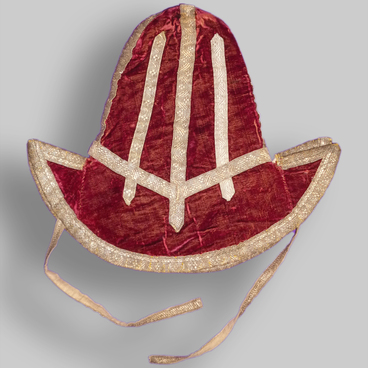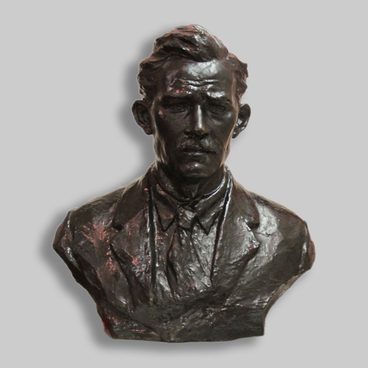In the summer of 1859, the officers of the corps of transportation, having examined the channel of the Belaya River, found that it was suitable for the navigation of steam ships. This discovery pleased many: before that, goods were transported by animal-drawn vehicles, which were slow, expensive and unreliable.
In 1858 two steamships ‘Grozny’ and ‘Bystry’ belonging to the merchant Zhuravlev, appeared on the river for the first time. At first, they transported bread. In 1859, the first passenger steamships ‘Olga’ and ‘Lebed’ sailed along the Belaya River, later the ships of the Druzhina society, three steamers of the Kamsko-Volzhskaya company and two steamships Levashov were joined them. Steam shipping at that time was a marginal business. Ignorance of the channel, lack of marinas and irregular voyages putt off passengers and cargo merchants.
In 1870 a regular passenger steamship service began on the Belaya River from Ufa to Kazan and Nizhny Novgorod.
The organization of passenger traffic was taken over by the Belskoye Shipping Company created by the merchants Popov, Poletaev and Isaev. The shipping company had at first two, and then the next year three steamers. The towing shipping company used two steamers belonging to a merchant named Pershin and one belonging to another merchant named Luzinov.
The steamships of the ‘Belskoye Shipping Company’ made regular voyages three times a week between Ufa and Kazan, and during the Nizhny Novgorod Fair — two voyages a week to Nizhny Novgorod. In 1878 the Yakimov brothers created a steamship society. They had three steamers. In 1882, the office of the ship owner Bulychev, who had three ships, was opened. He specialized mainly in towing cargo. The number of steamships on Belaya increased: in 1870 there were 5 of them, in 1899 there were 42. In the 1890s, Ufa became a large harbour and the center of the Belsk river route. This was facilitated by the extremely convenient geographical location of the city.
The steamer was called ‘Ost’, belonged to the Yakimov shipping company and was built in Nizhny Novgorod in the spring of 1900. Aboard this ship, Vladimir Lenin visited Ufa twice in February and June 1900. In 1918 the steamer Ost started the first Soviet navigation on Belaya. In the same year it was repurposed as a hospital for wounded soldiers. The steamer sailed along the rivers Belaya, Kama, Volga.
In 1870 a regular passenger steamship service began on the Belaya River from Ufa to Kazan and Nizhny Novgorod.
The organization of passenger traffic was taken over by the Belskoye Shipping Company created by the merchants Popov, Poletaev and Isaev. The shipping company had at first two, and then the next year three steamers. The towing shipping company used two steamers belonging to a merchant named Pershin and one belonging to another merchant named Luzinov.
The steamships of the ‘Belskoye Shipping Company’ made regular voyages three times a week between Ufa and Kazan, and during the Nizhny Novgorod Fair — two voyages a week to Nizhny Novgorod. In 1878 the Yakimov brothers created a steamship society. They had three steamers. In 1882, the office of the ship owner Bulychev, who had three ships, was opened. He specialized mainly in towing cargo. The number of steamships on Belaya increased: in 1870 there were 5 of them, in 1899 there were 42. In the 1890s, Ufa became a large harbour and the center of the Belsk river route. This was facilitated by the extremely convenient geographical location of the city.
The steamer was called ‘Ost’, belonged to the Yakimov shipping company and was built in Nizhny Novgorod in the spring of 1900. Aboard this ship, Vladimir Lenin visited Ufa twice in February and June 1900. In 1918 the steamer Ost started the first Soviet navigation on Belaya. In the same year it was repurposed as a hospital for wounded soldiers. The steamer sailed along the rivers Belaya, Kama, Volga.
After a major overhaul, it returned to the Kazan-Ufa area. In 1948, after another major overhaul, the steamer was renamed ‘General Shaymuratov’, in honor of the legendary commander of the Bashkir cavalry division. After 60 years of operation, the long-lived vessel was decommissioned from the operating fleet.



